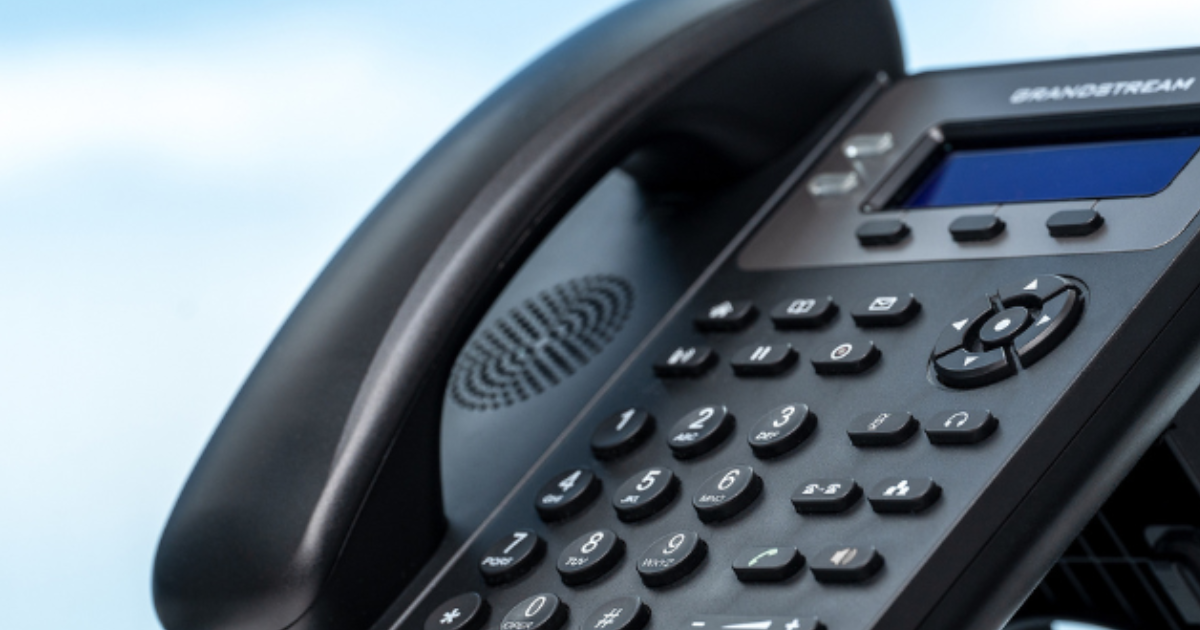How to Identify and Remove Dead Spots in Your Wi-Fi Network

In the digital era, a strong and reliable Wi-Fi network is crucial for seamless business operations. Wi-Fi dead spots, areas where the signal drops or is non-existent, can hinder productivity and frustrate users. For businesses in Clarksville, Nashville, Hopkinsville, and beyond, understanding how to identify and rectify these dead spots is key to maintaining efficient workflows and robust business technology.
Identifying Wi-Fi Dead Spots: The First Step to Seamless Connectivity
Identifying dead spots is more than just about finding where the signal drops. It’s about understanding the underlying causes. Various factors can contribute to weak Wi-Fi signals, including physical obstructions like concrete walls or metal filing cabinets, which are common in office environments. Additionally, interference from other electronic devices, such as microwaves or cordless phones, can disrupt the signal.
The location of the router plays a crucial role too. If it’s placed in a corner of the building or hidden in a closet, its effectiveness can be severely diminished. Regularly testing different areas in your office for Wi-Fi strength and speed, as well as gathering feedback from employees on their connectivity experiences, can provide invaluable insights. These practices help in pinpointing the exact locations and reasons for your network issues. They also set the stage for effective remediation both in the bustling commercial hubs of Nashville and the quieter office spaces in Clarksville.
Resolving Wi-Fi Dead Spots: Enhancing Your Network’s Reach and Reliability
1. Reposition Your Router: Often, the simplest solution is to relocate your Wi-Fi router. The router should ideally be positioned in a central location. It should be away from obstructions and on a higher plane (like a shelf). This repositioning can significantly enhance signal distribution across your office. Avoid placing the router near metal objects, concrete walls, or in the basement, as these can impede signal strength.
2. Wi-Fi Repeaters or Extenders: For offices with a larger footprint, like those in sprawling business complexes in Hopkinsville or Clarksville, Wi-Fi repeaters or extenders can be invaluable. These devices amplify the existing signal and rebroadcast it to areas where the Wi-Fi is weak or nonexistent. When setting up extenders, it’s essential to find the right balance between the original router and the dead spots to ensure optimal coverage.
3. Upgrade Your Router: With technology continually evolving, older routers may not be equipped to handle modern connectivity demands. Upgrading to a newer model can provide better range. It can also provide stronger signals, and more advanced features like dual-bandwidth capacity and beamforming technology. These direct the signal more efficiently towards devices.
4. Implement Mesh Wi-Fi Networks: A mesh network involves multiple Wi-Fi nodes working together to create a single, seamless wireless network. Unlike traditional routers, where the signal weakens with distance, mesh networks provide consistent coverage throughout the office. This solution is particularly effective for large or multi-story buildings where physical barriers and distances are significant.
5. Minimize Interference: Other electronic devices and appliances can interfere with your Wi-Fi signal. Ensure your router is placed away from microwaves, Bluetooth devices, and cordless phones. Additionally, using the right Wi-Fi channel can help reduce interference from other nearby networks, especially in dense office environments.
6. Wired Solutions for Critical Areas: Sometimes, the most reliable solution for a dead spot is a wired connection. Ethernet cables ensure a stable and fast connection, ideal for areas where Wi-Fi connectivity is crucial, such as conference rooms or executive offices.
7. Professional Wi-Fi Analysis and Solutions: For businesses unsure about how to tackle their Wi-Fi issues, a managed service provider (MSP) can offer professional insight. MSPs conduct thorough Wi-Fi analyses. They also recommend the most appropriate solutions tailored to your specific office layout and requirements, and provide ongoing support.
The Role of Managed Service Providers in Enhancing Wi-Fi Networks
Managed Service Providers (MSPs) play a pivotal role in resolving Wi-Fi dead spots, especially for businesses in areas like Clarksville, Nashville, or Hopkinsville. These professionals bring a wealth of knowledge and experience in dealing with diverse network environments. An MSP starts by conducting a thorough analysis of the existing Wi-Fi setup, identifying not only the dead spots but also the underlying causes, whether it’s structural interferences, outdated hardware, or suboptimal router placement. They then devise a strategic plan tailored to the specific layout and needs of your business. This might include recommending the best positions for routers, selecting appropriate extenders, or even upgrading to a more suitable Wi-Fi system like mesh networks.
Furthermore, they provide ongoing support and management, which is crucial for maintaining a robust Wi-Fi network. This includes regular monitoring of network performance, timely updates to firmware and software, and quick troubleshooting in case of issues. For businesses, this means not only improved Wi-Fi connectivity but also peace of mind knowing that their network is under the watchful eye of experts. In the rapidly evolving world of business technology, having an MSP like Copperband Technologies as your IT partner is invaluable for staying ahead of challenges and ensuring uninterrupted operations. Think your Wi-Fi needs some help? Call us today!






